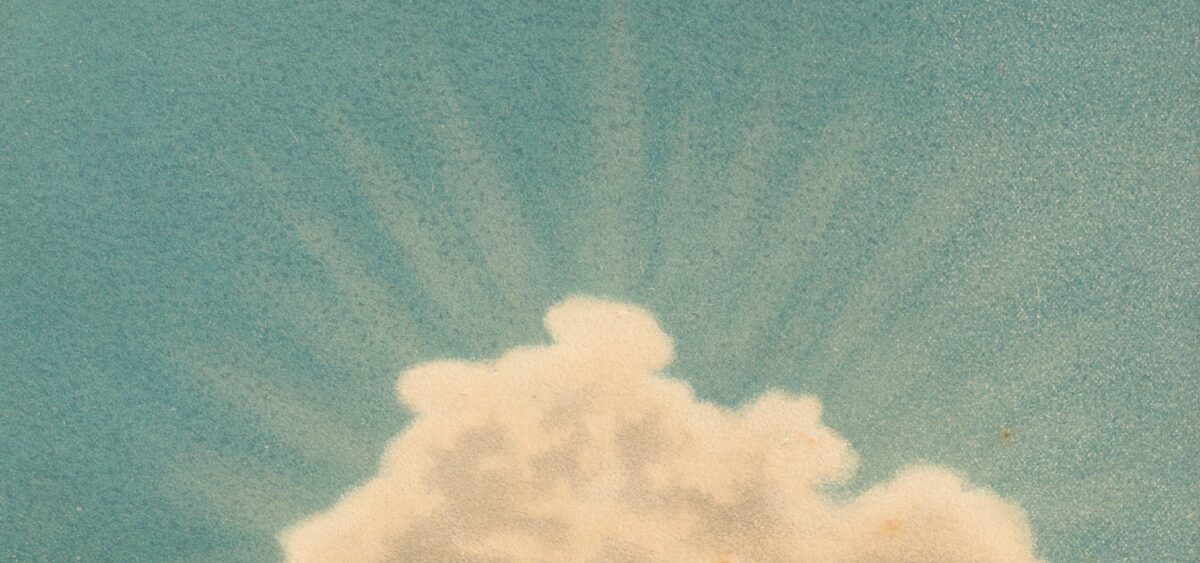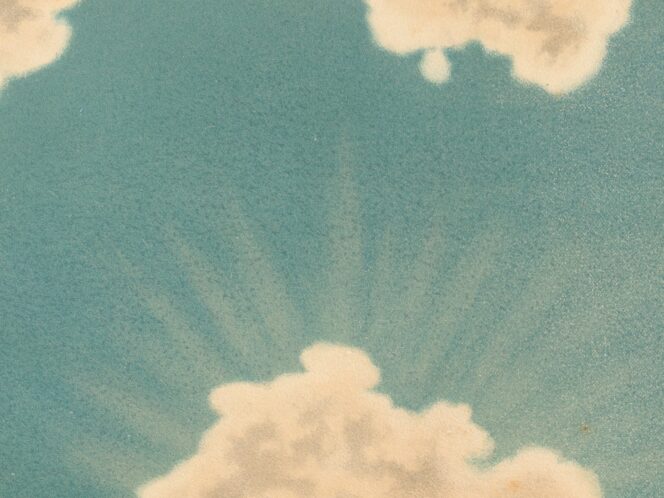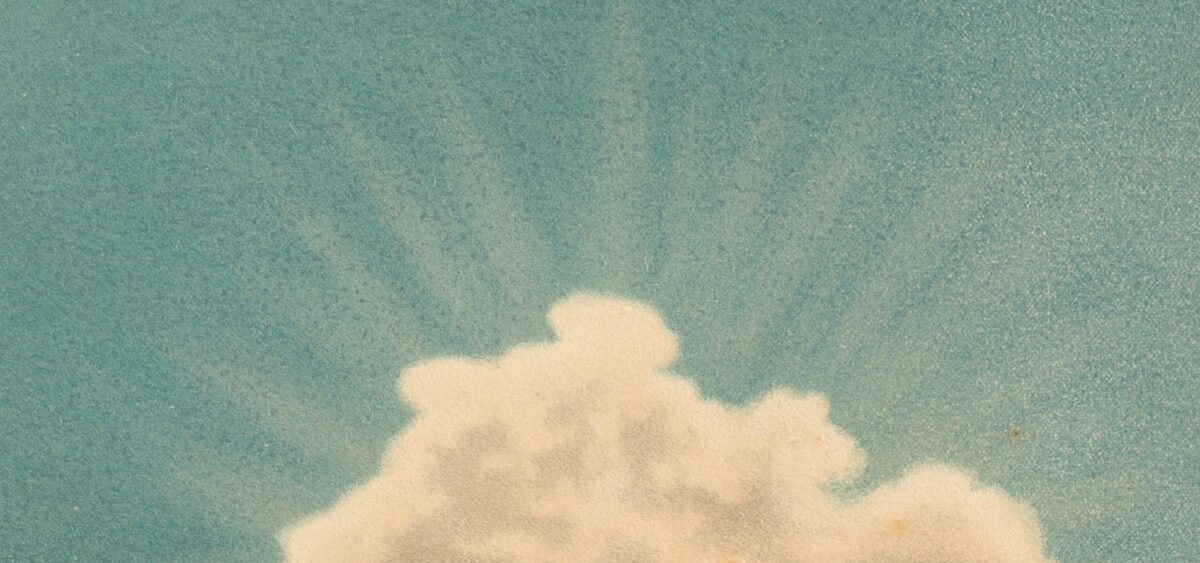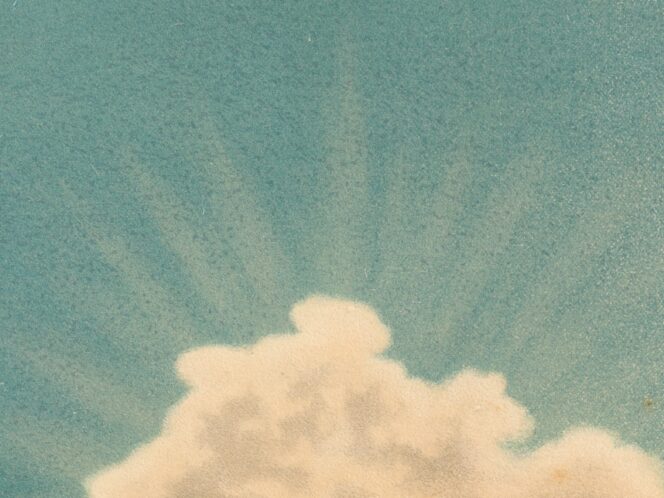The poem takes us to a square, a setting somewhere in the world that people have turned into a meaningful, symbol-infused place. There is a cathedral on the square and, on the opposite site, a hotel. The speaker watches a group of women in stiff, elegant hairdos, waiting at the cathedral, perhaps for the service to commence. The speaker’s hair needs to be brushed away from her eyes, the gesture, incidentally, causing the light to change, bringing out the sharpness of colours in a whiplash of illumination. This difference in hairstyles mirrors a deeper difference – that between fixity and fluidity as they relate to contrasting notions of selfhood. The speaker might like to belong to the group – to the cluster, the herd – but finds it impossible to join the purposeful and carefully-coifed crowd. She remains outside.
If the cathedral stands for the presence of meaning, the hotel is a synecdoche of absence, its chandeliers and mirrors containing “the soaring empty space/ of the Symbolic.” The “yawning/ doors” open up to a revelation of a different sort than the one offered by sacred spaces. It is a disclosure of emptiness. But this emptiness is important as it signals a lack of closure, an openness to the possibilities of life. It is in that openness, on that threshold, in suspension between the two spaces, that the speaker lives in the “emotional body” that needs and receives “a simple” – a cure against absolutes.









